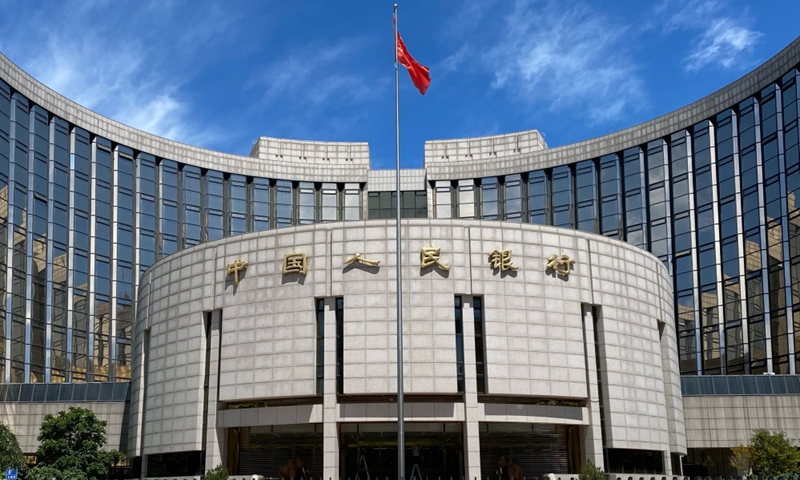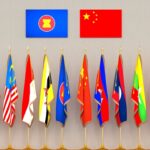Move to release over $68.7b, offer great boost for economy: experts
China’s central bank announced on Thursday that it would cut the reserve requirement ratio (RRR), the amount of cash that Chinese banks are required to hold as reserves, by 25 basis points effective Friday, sending another resounding signal that the world’s second-largest economy is moving swiftly to tackle challenges and boost the economic recovery.
The RRR cut, the second this year, marked another major step by Chinese policymakers in recent weeks to boost economic activity amid downward pressure. The move will inject more than 500 billion yuan ($68.7 billion) in medium- and long-term liquidity into the economy, which will help boost market confidence and ensure stable economic growth for the rest of the year, analysts said.
In a brief statement, the People’s Bank of China (PBC), the central bank, said that China’s economy continues to recover, endogenous power continues to increase and expectations continue to improve. “In order to consolidate the foundation of economic recovery and maintain reasonable and sufficient liquidity,” the PBC has decided to lower the RRR for banks that have not implemented a 5-percent RRR. After the cut, the average RRR for financial institutions stood at 7.4 percent.
This is the second RRR cut by the PBC so far this year. In March, amid the domestic economic recovery and global financial market turmoil caused by the failure of some US banks, the PBC cut the RRR by 25 basis points.
“The RRR cut by the PBC will release about 500 billion yuan in long-term funds, sending a positive signal that policies to stabilize growth are continuously taking effect and being implemented, which will effectively lift market confidence,” Yang Delong, chief economist at Shenzhen-based First Seafront Fund Management Co, told the Global Times on Thursday.
Yang noted that several indicators for August showed signs of improvement, including M2 money supply, which grew 10.6 percent year-on-year. The Consumer Price Index, a key inflation gauge, rose by 0.1 percent on a yearly basis in August, reversing a declining streak that had prompted foreign media claims about “deflation” risks. The Producer Price Index, a main gauge of factory prices, fell by 3 percent year-on-year, narrowing by 1.4 percentage points from the decrease in the previous month.
More economic data for August, including fixed-asset investment and retail sales, are set to be released on Friday.
The RRR cut on Thursday came after a series of other measures, showing that China’s monetary policy is becoming more proactive in increasing market liquidity and curbing downward pressure on the economy, said Li Changan, a professor at the Academy of China Open Economy Studies of the University of International Business.
“It will have a certain positive impact on economic growth and send a signal to support market entities and prevent deflation,” Li told the Global Times on Thursday.
The move also showed that China has the determination and plenty of policy tools to keep its economy on a stable recovery trend, contrary to dire predictions by foreign officials and media outlets, analysts said.
“The RRR cut is actually in line with our country’s domestic policy orientation… it is based on the needs of the domestic economy, or the need for the recovery of economic growth,” Cong Yi, a professor at the Tianjin University of Finance and Economics, told the Global Times on Thursday.
Cong said that China’s economy remains in a recovery phase, which requires both monetary and fiscal policies to jointly support the recovery and stabilize growth. “There should be no problem in this regard because we still have relatively big policy scope,” he said.
(Global Times)




